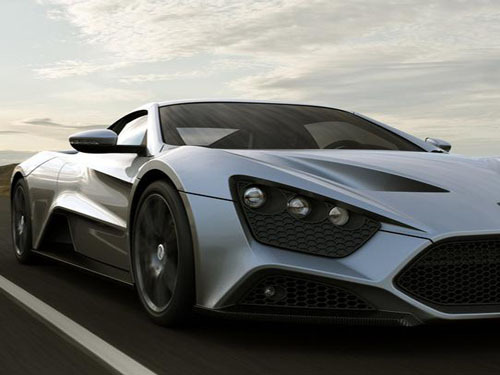Volvo plug-in hybrid bus

Plug-in hybrid buses consume only a quarter of the diesel and carbon dioxide emissions of conventional diesel-powered buses. In addition, the total energy consumption of hybrid buses is reduced by 60% compared to conventional passenger cars. Volvo's new hybrid bus is an extension of the proven Volvo 7900 hybrid bus system. In contrast, the new generation of Volvo plug-in hybrid buses are equipped with more powerful motors, which store more battery equipment and roof charging devices. According to reports, the motor power of the car reaches 150 kilowatts and the maximum torque is 1200 N?m (85 lb-ft). In addition, the car is equipped with a 19 kWh lithium battery pack and a 240 hp/918 NTM Volvo D5K 240 four-cylinder diesel engine, using a common-rail injection system to meet Euro VI emission standards.
The car's lithium battery pack uses a heating/cooling system that can operate even when the vehicle is on a ramp or during operation. In addition, the model can be quickly charged through electric bows at some bus stations. At the charging station, the vehicle can be charged in about 6 minutes. During the operation, the vehicle relies on electricity for 70% of the time, and the power mileage reaches 7 kilometers (4.3 miles).
Volvo hybrid buses rely mainly on electricity. To further realize the purely electric drive, Volvo installed electric power steering systems, electric air compressors, and a DC-DC converter instead of a drive current converter on the new passenger car, which can convert 600V power into 24V. The model can be converted between hybrid drive and pure electric drive based on actual road conditions.
When the vehicle needs additional power to drive or the battery reaches a pre-set level of energy storage, the Volvo hybrid bus will enter the hybrid drive and the diesel and motor on the bus will drive the bus to run. The torque is distributed flexibly between the diesel engine and the motor according to the ESS charge status, vehicle speed and other vehicle conditions.
During braking or deceleration of the vehicle, the kinetic energy generated will be used to charge the ESS system. Renewable energy is then used in vehicle drives or other energy consuming devices of vehicles, such as air compressors, DC-DC converters or air conditioning systems.
Unmanned Vehicle,Agricultural Spray Vehicle
shenzhen GC Electronics Co.,Ltd. , https://www.jmrdrone.com
